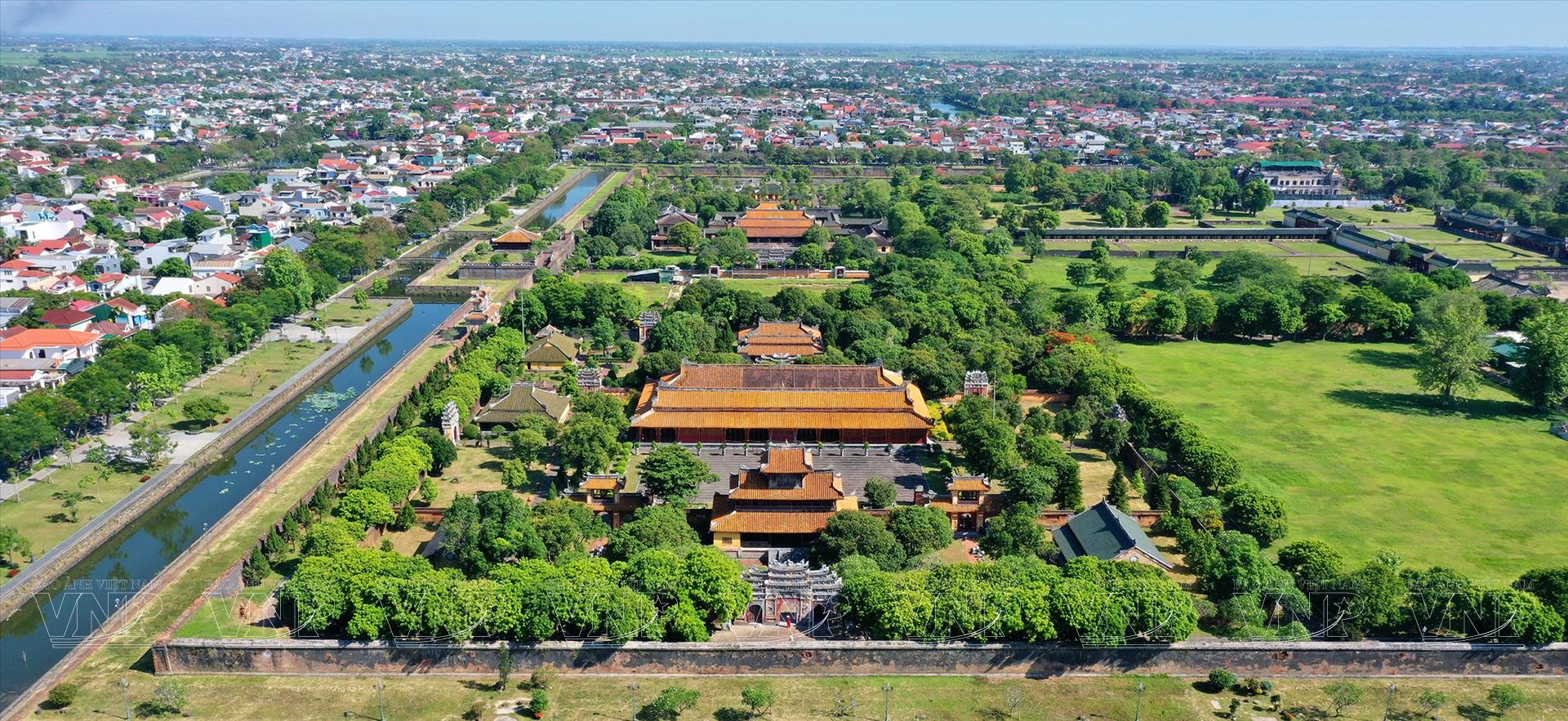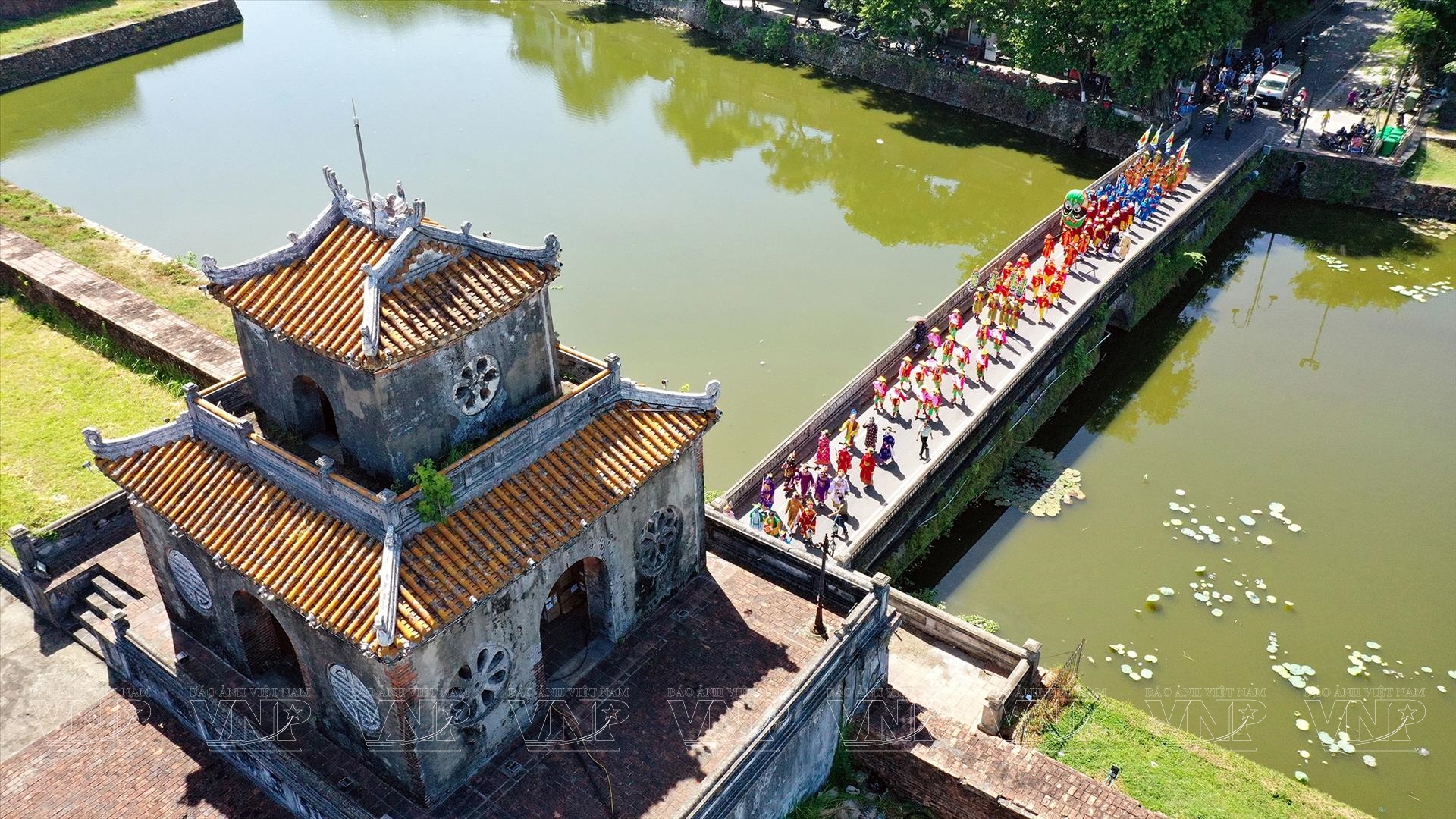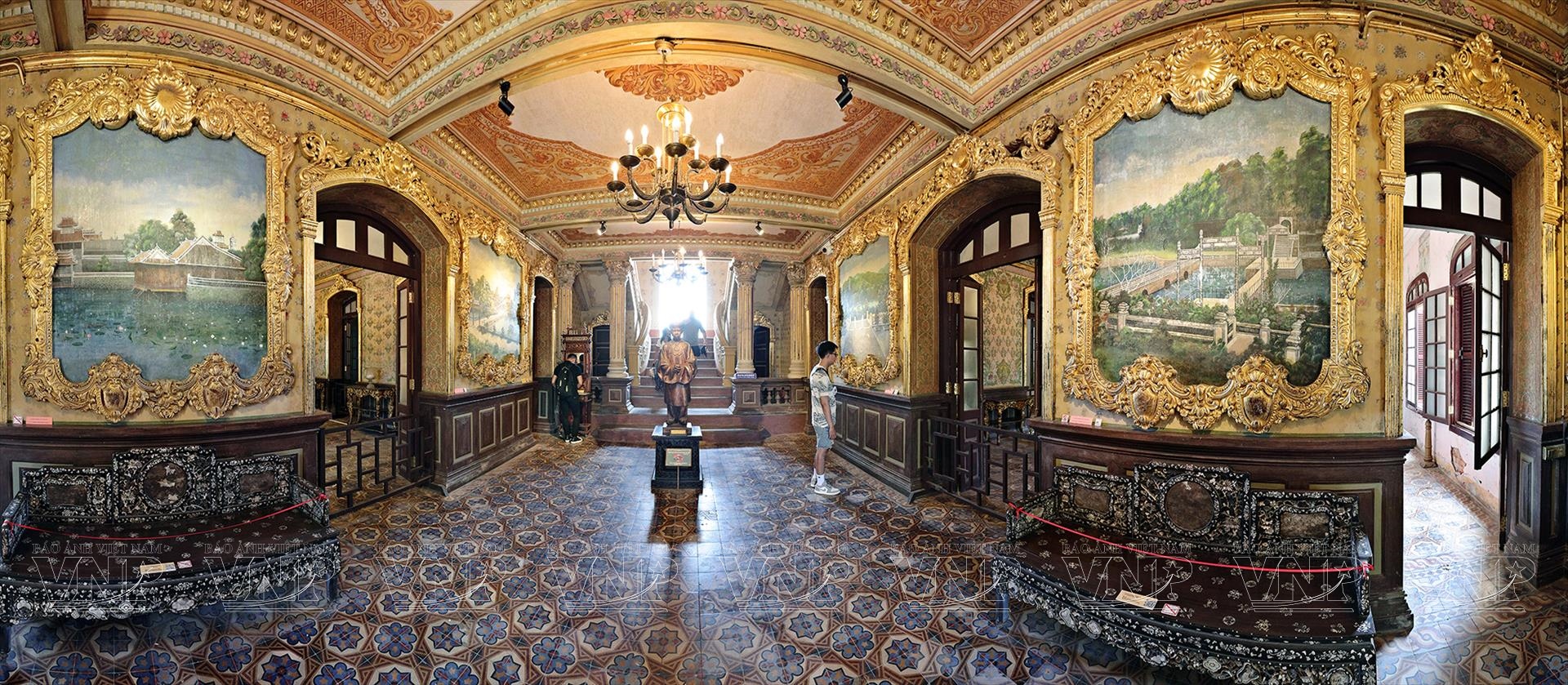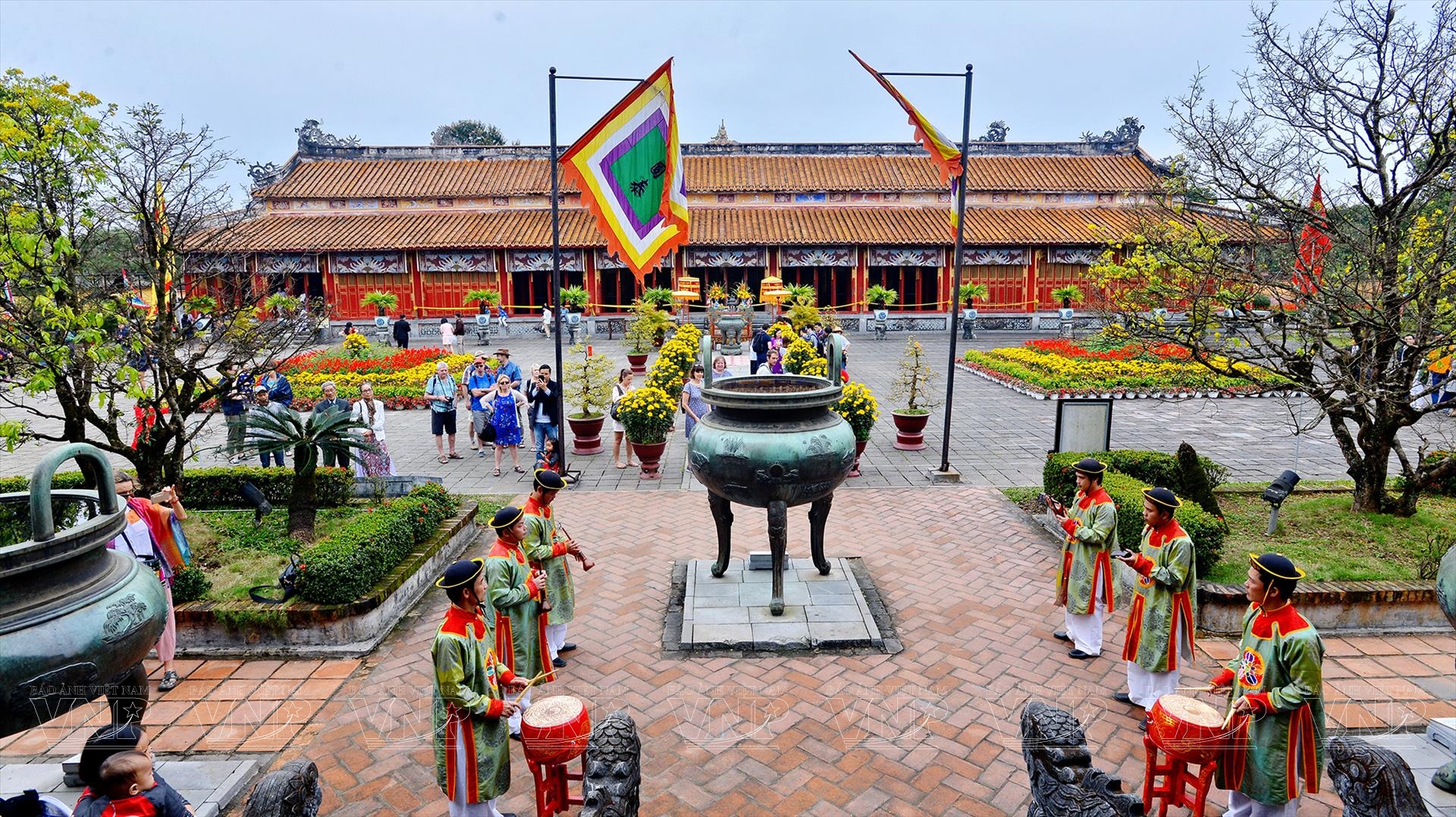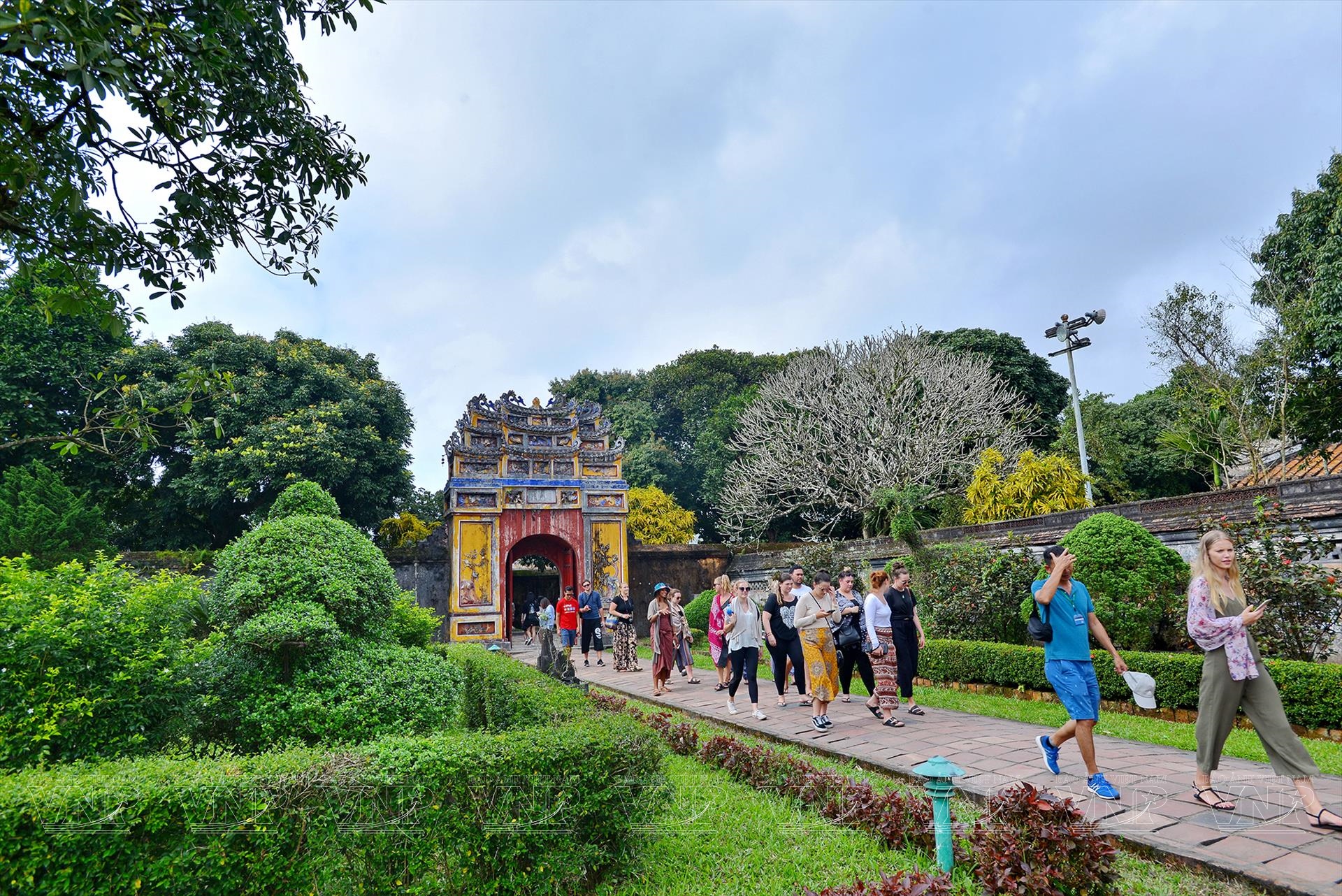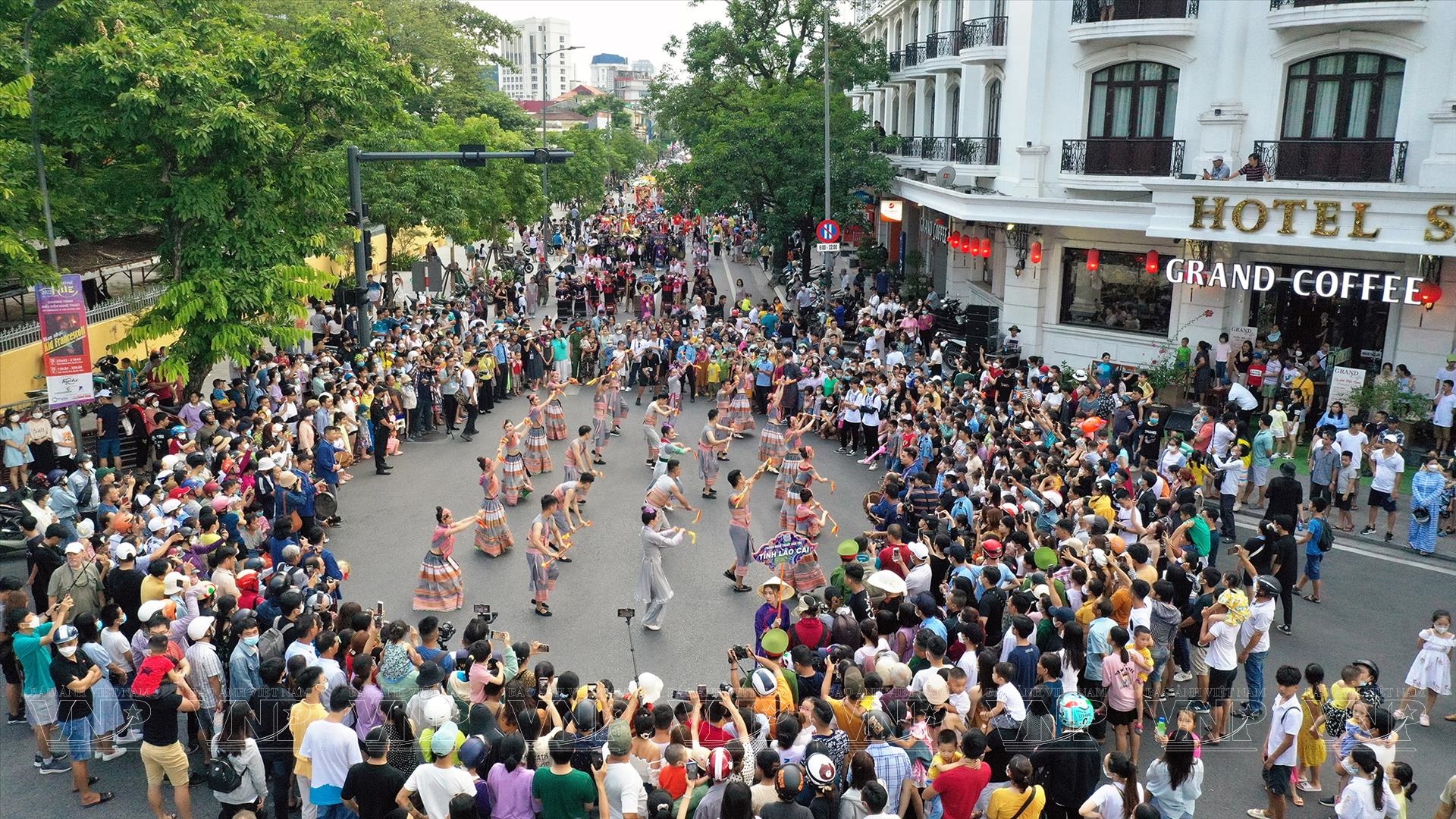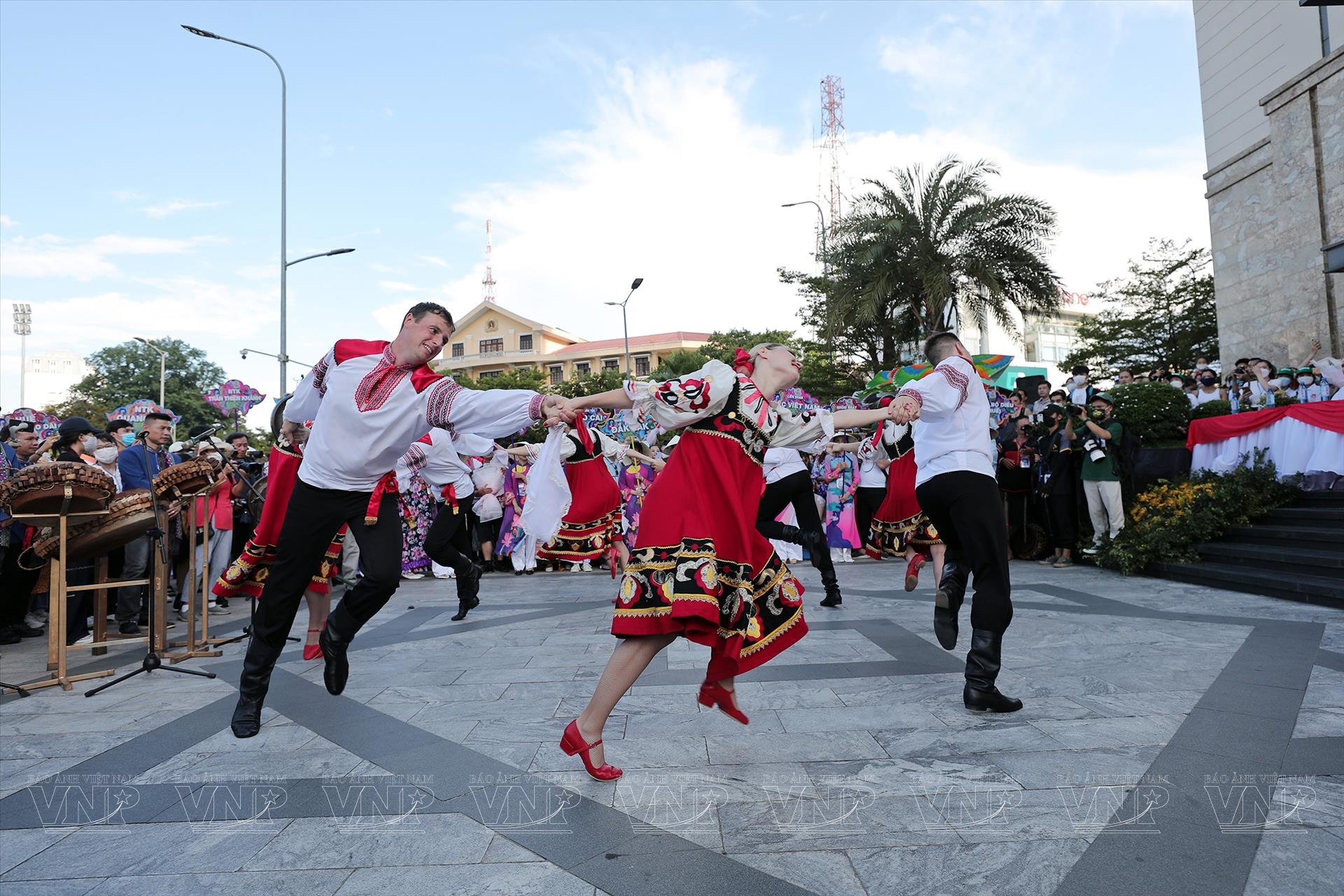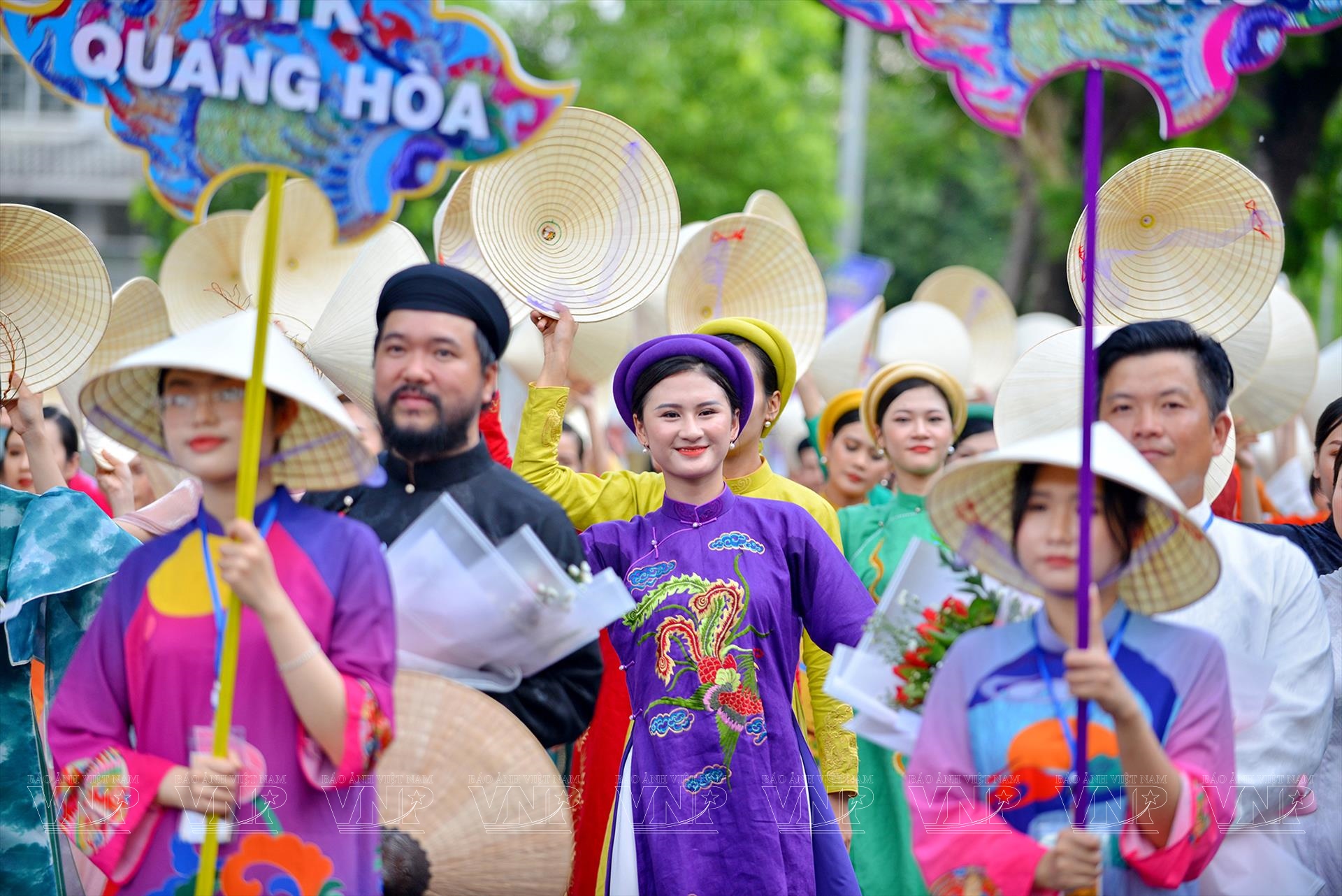Hue, the City of Heritages & Festivals
The city of Hue is located in the central coastal province of Thua Thien Hue. The former imperial capital of Vietnam, boasts a long-lasting treasure trove of world-renowned ancient wonders, distinctive cultural traits and delightful traditional cuisine. It is also known for several festivals and as a center for major cultural events of the country. With this advantage, Thua Thien Hue province considers tourism as an important economic sector and strives to become a world class cultural heritage destination by 2030, attracting about 8 million domestic and foreign visitors per year. The authority of the province has determined that the values of its culture, heritage and festivals are the strength and impetus for building and developing Hue into a centrally-run municipality and a world-class heritage and festival city.
Ancient Capital - City of Heritages
After the prolonged COVID-19 suspension, the ancient capital is now entering the high season of tourism. It is now open again for everyone to see all the beautiful spots, especially the complex of palaces, temples, pavilions and shrines of the Nguyen Dynasty which belong to the World Heritage Complex of Hue Monuments. To rapidly increase the number of visitors to the province, the province sometimes offers visitors free admission to the heritage sites.
Mr. Hoang Dinh The, a tour guide for foreign tourists to Hue, said that before the pandemic breakout, a huge number of tourists from Korea, China, Germany, France and England flocked to Hue to visit its heritages and scenic spots. At present, foreign tourists are beginning to return to Hue, but not many.
It is expected that right after international flights are resumed fully, the number of foreign tourists to the place will reach the same one as before COVID-19.
Hue boats 7 heritage sites listed by UNESCO as world heritages and regional heritages. Of which, Hue has 5 of its own, including Complex of Hue Monuments (1993); Vietnamese Court Music - Nha Nhac (2003), Woodblocks of Nguyen Dynasty (2009), Chau Ban of Nguyen Dynasty (2014), Poetry on Hue Royal Architecture (2016), and shares two with other localities, including Practices related to the worship of Mother Goddesses of Three Realms (2016), the Art of Bai Choi in Central Vietnam (2017). In addition, the whole province currently has nearly 1,000 relics, including 3 special national-level relics, 88 national-level relics and 90 provincial-level relics.
History has created Hue, with a landscape that has its own distinctive, special and charming trait of different types of original and high-grade tourism such as the imperial tombs, royal palaces, pagodas and temples, rivers, sea and islands, lagoons, forests and mountains, garden houses, and rural villages as well as different forms of distinctive traditional arts and cultures.
Located in an important position with charming landscapes that include rivers and mountains, Hue was chosen by previous kings to become a political, economic, and cultural center. It was the capital city of “Dang Trong” (southern) administration from 1636-1775, and then the dynasties of Tay Son and the Nguyen (1788-1945). All created Hue, a historic and holy land full of pre-eminent figures, where there exists the largest number of Vietnamese tangible and intangible cultural heritages, such as architecture, festivals, sculptures, music, paintings, crafts and culinary.
Hue is not only famous for cultural and historical relics as well as lovely scenic places, but also the only ancient capital in Vietnam that still preserves its overall architecture of citadels, palaces, mausoleums, temples and shrines along with thousands of rare and valuable artifacts. Hue is the only locality in the country which has seven world and region-recognized heritages. Hue has five of its own and shares two with other localities. Many researchers on Hue culture have said that Hue is a masterpiece poem of urban architecture, an exclusive city with invaluable treasures and a strange museum of the material and spiritual culture of Vietnam.
This huge treasure of landscapes and heritages is the priceless property left by ancestors to Hue. It a valuable resource for Thua Thien Hue to develop tourism and economics, and an impetus for the province to build and develop into a centrallyrun heritage city on the basis of conservation and development of the values of heritage sites and cultural traits of Hue.
Hue - A Unique Festival City in Asia
Building and successfully organizing the Hue Festival is the most prominent imprint of Hue in the process of taking advantages of heritage and culture for economic and tourism development, improving local's lives and advertising the province’s image to international friends.
Once every two years, Hue has an international festival. Since its first in 1992, 11 have been held, each with unique cultural and artistic activities leaving deep impressions on domestic and foreign visitors. Hue Festival is a professional and grandiose art program that is held continually throughout Hue and surrounding areas for nearly two weeks. In addition to the programs imbued with royal imprints and Hue's traditional culture such as the ceremonies of royal night, royal gala, Ban soc (issuing the new calendar) and Ao dai festival, Hue Festival also consists of interesting contemporary art shows performed by famous art troupes from many countries, including France, Argentina, England, India, Belgium, Cambodia, Denmark, Korea, the United States, Israel, Italy, Laos, Mongolia, Mexico, Russia, Japan, Thailand, Spain, Turkey, Switzerland, China and Australia.
Over the years, Hue Festival has been continually reborn, each time attracting the participation of thousands of actors and dozens of international art troupes that meet the increasing demand of locals and tourists as well as contribute to strengthening the solidarity and the cultural exchange of countries.
In the past, Hue Festival was usually organized in a certain time period and lasted about two weeks. However, from 2022, the event will be in the form of a four-season festival. Each season of the festival will focus on a different theme, suitable to the weather conditions, culture, customs, habits and lifestyle of Hue. Thus, Hue Festival will now take place almost continuously throughout the year, making it more flexible for visitors to select the time and themes of festivals to attend.
That is the reason why during the Hue Festival Week Summer 2022, which took place at the end of June, tens of thousands of visitors, including many foreign tourists, flocked to Hue to enjoy the hectic festive atmosphere.
Mr. Meynardo Los Banos Montealegre, Ambassador Extraordinary and Plenipotentiary of the Philippines to Vietnam said, “It is great that Hue Festival has been held again and we are very grateful to be invited to attend”.
Mr. Andrey Borodenko, Deputy Director of the Center for Russian Science and Culture in Hanoi, said, “Despite difficulties caused by COVID-19 related travel restrictions, the management board of Hue Festival 2022 still invites many international art troupes, including one from Russia. We hope that visitors will enjoy it”.
According to Mr. Phan Thanh Hai, Director of the Department of Culture and Sports of Thua Thien Hue province, Hue Festival is a great cultural event. The greatest potential of Hue is culture and heritage, so using it as the material for the festival is the most important factor.
That is the reason why the slogan of all Hue Festivals is "Cultural Heritage with Integration and Development". In each Hue Festival, international factors always play an important role and are given much attention. At the recent 11th Festival, despite the severe impact of COVID-19for two years, the provincial authority still strives to show international elements at Hue festivals.
It shows that building and developing Hue into a festival center in the region on the basis of the strength of Hue heritage and culture can be a sustainable and inevitable direction for Hue to integrate, but not dissolved in the current trend of globalization . It is expected that Hue will soonadd its name to the map of popular festival cities around the world such as Festival d’Avignon of France, Edinburgh Festival of Scotland, Adelaide of Australia or Geyeongju of South Korea.
With poetic landscapes, a tranquil atmosphere, religious traditions, hundreds of yearsold historic architecture, and significant highlights of UNESCO-recognized tangible and intangible cultural heritages, the city of cultural exchanges and integration should become an inevitable stop-over in tourists itineraries to discover the hidden charm of Vietnam.
